Whether you work from home or an office, many find it a struggle to focus, be productive, and finish all their tasks.
Well, since becoming self-employed in 2013, I’ve built a successful business, launched many different side hustles, completed lots of large projects for several clients at once, and worked far fewer than 40 hours a week while traveling the world and relocating to dozens of cities.
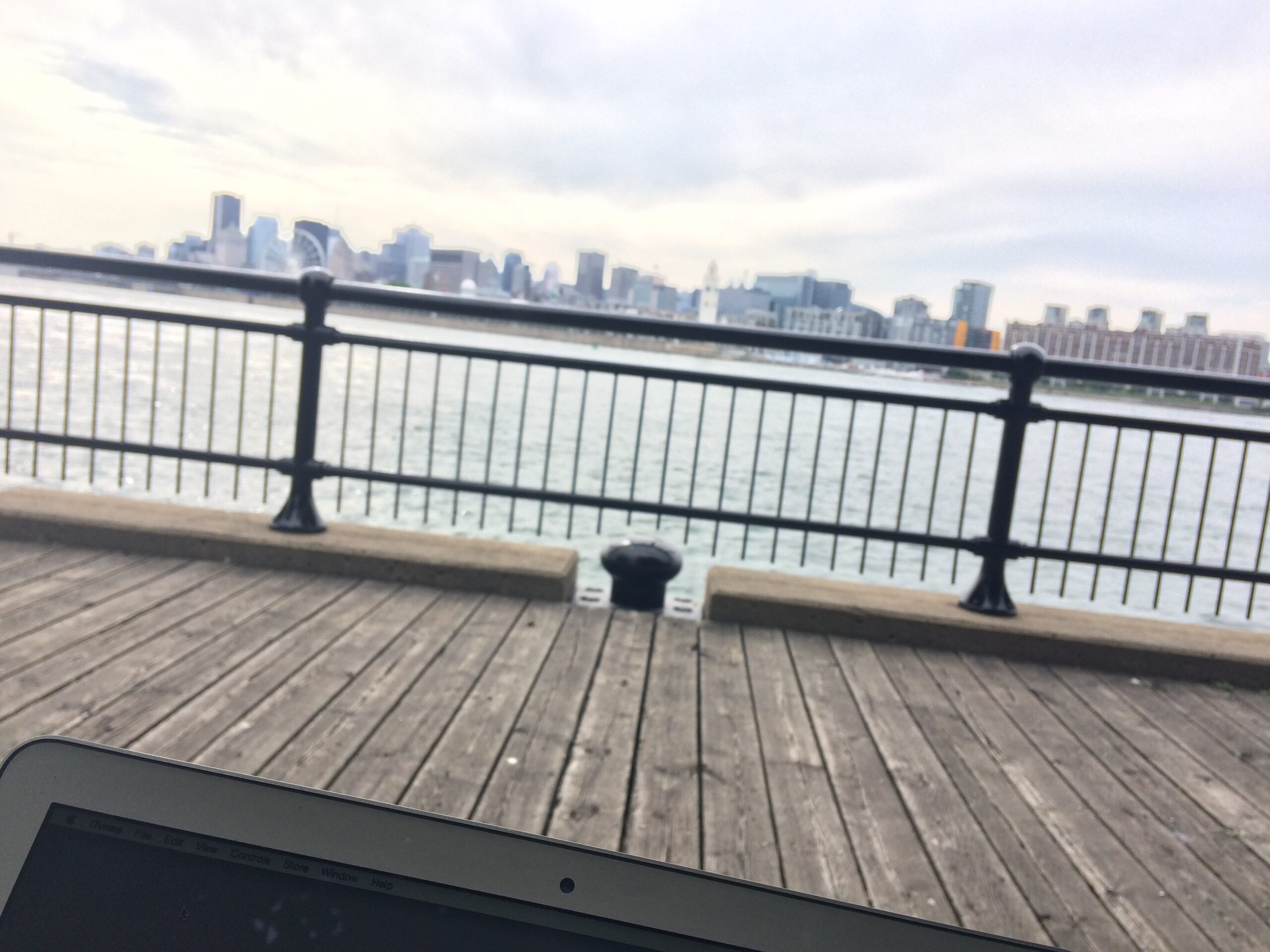
But my secret isn’t earplugs, coffee, “more self-discipline,” or a magical time-management app; in fact, I don’t use one single productivity tool at all!
In this article, I’ll show you the exact, highly potent strategies that helped me skyrocket my productivity and get awesome results without relying on willpower or “self-discipline.”
It’s very possible and, whether you’re an owner or an employee, these tips will help you too.
How I avoid the WORST productivity killers (and save +1 hour every day)
Often, people try to boost their productivity by adding all kinds of resources:
Time management tools, time tracking apps, calendars, website blockers, productivity books, etc.
But making an ineffective system more efficient does NOT lead to more productivity.
Before you add MORE, start by SUBTRACTING things that kill your productivity.
It’s not the daily increase but daily decrease. Hack away at the unessential.
— Bruce lee
Rule Number One: Never check your email or messages first thing in the morning.
55% of Americans check their email before they even go to work in the morning.
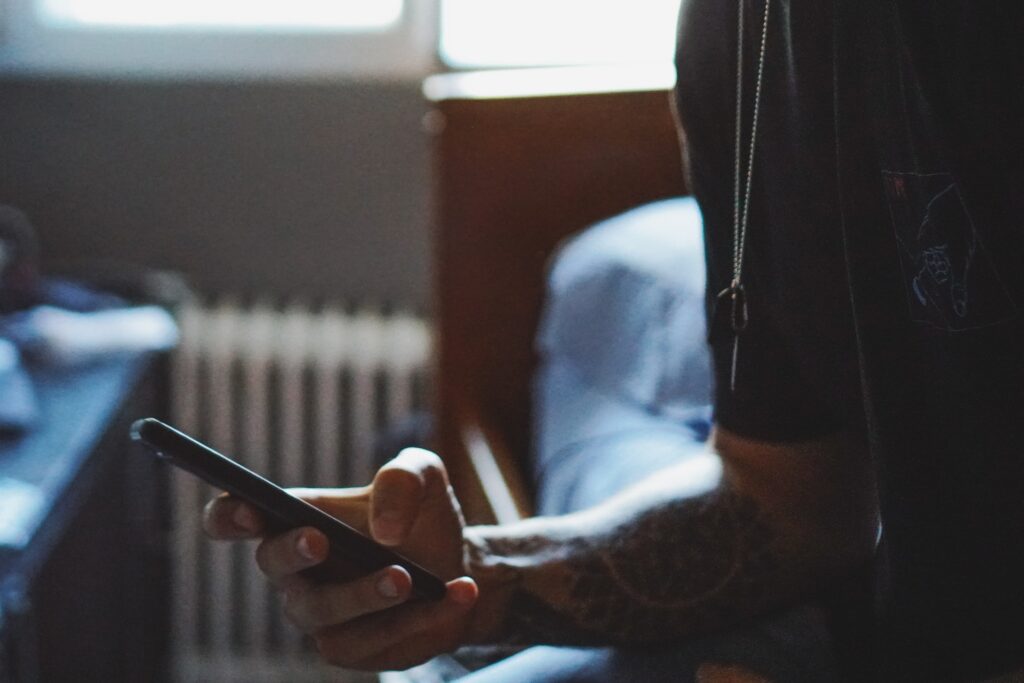
The problem with responding to emails or messages so early is that it puts people in a state of reaction: It fills their head with tasks, stressors, and mini-fires they need to put out before they even had a chance to do all their top priorities.
And since they see their emails before they’re at work, they can’t even do anything about it yet! So it says in the back of their mind all morning and they can’t be fully present.
(Later in this article, I’ll show you how to check your email in a more productive way.)
Rule Number Two: Limit all notifications.
Lots of people’s phones are a distraction factory — with all kinds of alerts, messages, reminders, and notifications, it’s like having a newborn baby in your pocket.
But it’s impossible for you to focus this way.
First, humans are bad at multitasking. No matter how hard you try, if you get a notification every few minutes, you can’t focus well on what you’re doing.
Second, if a notification pulls you away from your work, once you return, you’ll waste a lot of time as your mind readjusts, refocuses, and returns to the same level of productivity before the distraction. (You lose over 23 minutes each time, actually.)
Third, checking your notifications is like a drug:
Every time you check a message, email, alert, etc., your brain releases dopamine, a chemical that makes us feel good.
Eventually, your body gets addicted to these chemicals and you start craving it — and the only way to satisfy that craving is to check Gmail, Slack, Instagram, Facebook, etc.
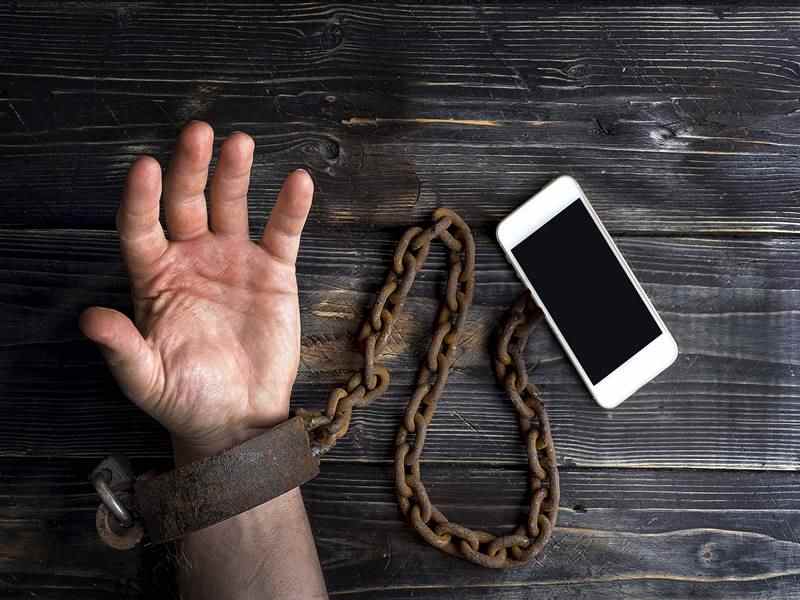
A very simple solution is just to set your phone on airplane mode or “do not disturb” during specific times of the day, especially in the morning.
For those who want to take this to the next level, I highly recommend disabling all nonessential notifications from all apps on your phone.
Rule Number Three: Don’t watch TV, read the news, or check / use social media first thing in the morning.
Productivity is about accomplishing your highest priorities, effectively and efficiently.
Projects for your employer. Building your business. Creating a side business. Writing the book you’ve always wanted to write. Training for a marathon. Getting a degree.
Chances are, however, your highest priorities are not Instagram, emails, and watching SportsCenter.
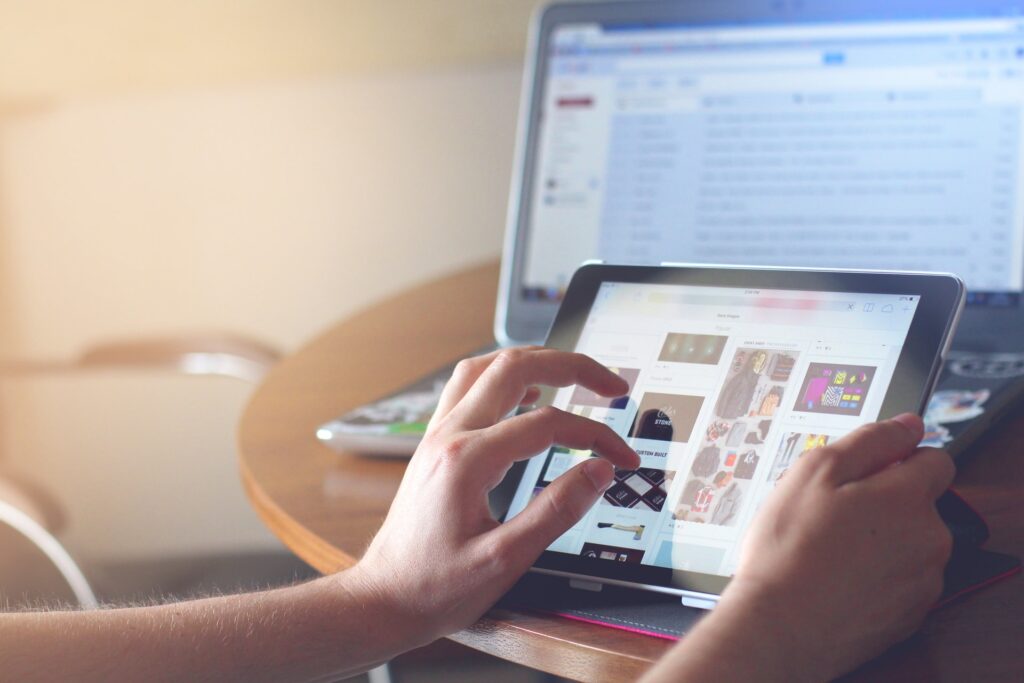
When people start the morning by consuming information, they haven’t taken one step toward their goals and they’re already filling their mind with (mostly) useless, distracting stuff.
None of it will help them accomplish their tasks. And worse, things like the news make people feel more negative, stressed, and pessimistic, further affecting productivity.
But there’s a reason why so much of this is focused on your mornings…
Conquer the most important time of day
My secret to skyrocketing your productivity is very simple:
Conquer the first three hours after you wake up.
This is when you’re most creative, focused, alert, productive, and energized — that’s why I’m VERY protective of my mornings and make sure to capitalize on those hours.
Here’s how:
First, take a few minutes at the very start of your day do an awesome morning routine.
It might seem counterintuitive to spend time in the morning to not work, but instead get yourself ready to work. But I promise those few minutes will transform your productivity.
If I had eight hours to chop down a tree, I’d spend the first six of them sharpening my axe.
— Abraham Lincoln
Meditate. Take a walk. Eat healthy foods. Read something inspiring. Write your goals. Stretch. Etc.
It doesn’t have to be complicated, but just do something to help you feel 100% ready — mentally, physically, and emotionally — so you’re focused, inspired, motivated, and driven.
Then, once you start working, you’ll have a ton of momentum to knock out all your projects.
Second, avoid making unimportant decisions and, instead, do the same things every day.
That’s actually the secret of elite-level athletes:
They do the same ridiculously boring routines every single day.
They eat the same foods. They do the same exercises. They have the same warm-ups.
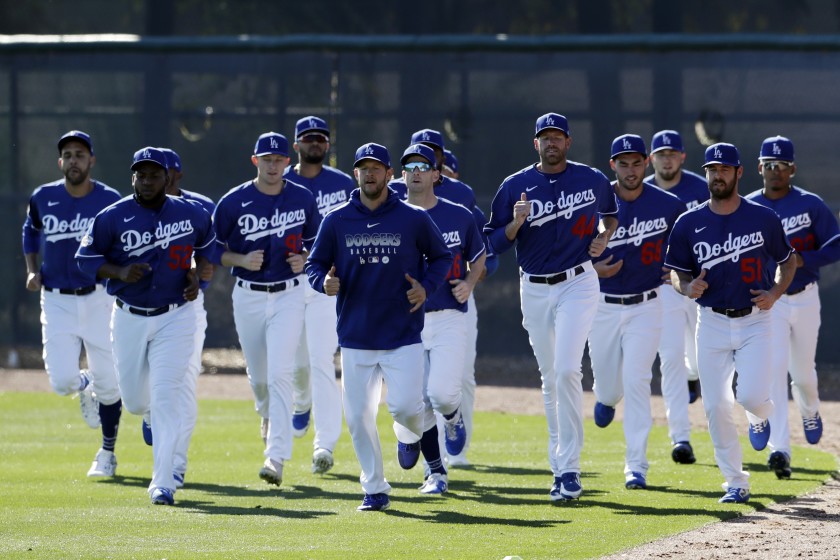
Again, mornings are when you are most productive and focused. Don’t waste your mental energy on trivial decisions. “What am I going to eat? What am I going to do? What am I going wear? Where am I going to go?”
The truth is we only have a limited amount of high-level mental performance each day.
By doing to the same things every day, you can use that high-level cognitive energy on the things that MATTER because all the minor details of your day are on auto-pilot.
Third, do great work.
After your morning routine, you might have somewhere between 2 – 2.5 hours remaining from your first three hours. That’s when you’re going to do your best work.
The rest of this article will show you how.
Why you need to create bite-sized tasks
A lot of people think they struggle to finish their tasks because of laziness or a lack of willpower, motivation, or determination.
But often, the REAL reason is far more simple!
For example, someone’s to-do list might look like:
- Write blog article
- Build a new website
The REAL problem is each task is so overwhelming!
To write a blog article or build a new website could take anywhere from 3 to 30 hours!
Each task is so large and indefinite, there’s no predetermined duration or way to measure its completion — except to finish the whole damn thing.

And if it ends up taking 30 hours, it’ll stay on your to-do list for several days, if not weeks.
Instead, break them into specific, actionable tasks that ideally can be done in under an hour.
For example, instead of “write a blog post,” it could be “write an outline,” “create a rough draft of the introduction,” “write 10 different headline ideas,” “write 200 words,” etc.
All of these are specific, actionable, AND measurable.
Much like with candy, bite-sized is always better:
- With smaller tasks (ex. 20-minute long), you have confidence you can finish them. But if your task is to build a website (which can take days, weeks, or months), the finish line might as well be in Antarctica.
- When you make your tasks “bite-sized,” you’ll finish more tasks in less time than before. By seeing yourself finish more things, you’ll gain momentum and confidence.
Once you have an actionable to-do list, it’s time to arrange them the right way…
How to prioritize like a pro
One of my most life-changing lessons came from the “80/20 Rule.”
Also known as the “Pareto Principle,” it explains that about 80% of your output comes from about 20% of your input.
For productivity, that means ~20% of your work creates ~80% of your results.
The problem is many people just do their list in any order. So they might finish a lot of tasks in their day, but they get very little results (if any).
In everyone’s to-do list, there’s only a few things that have the “biggest bang for your buck.”
So pick the 3 most important things — no more than 3 — and put those at the top.
Then, do those 3 things one at a time and don’t touch anything else on your list until you finish those 3 things.
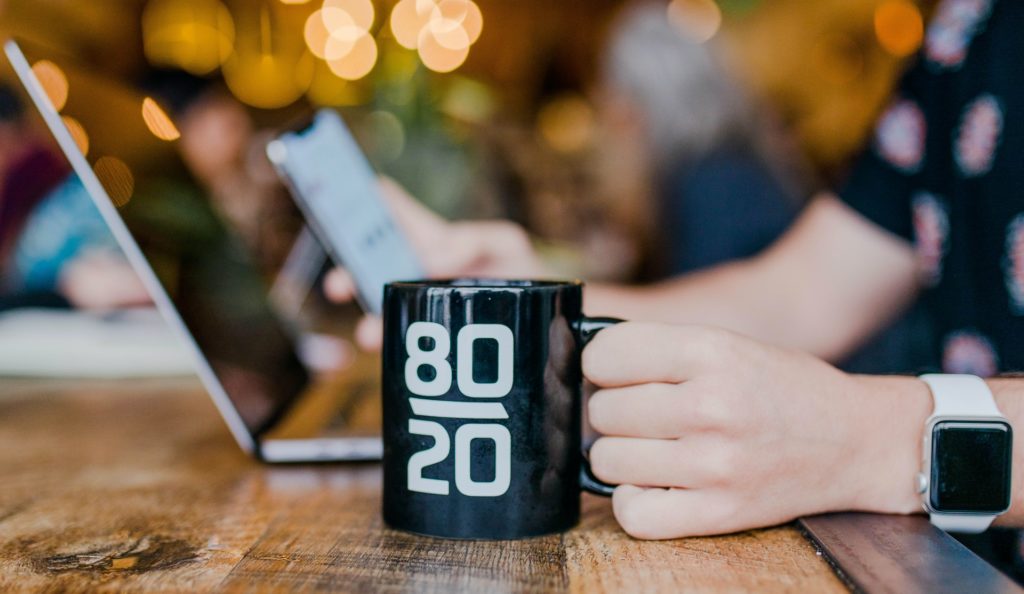
Helpful questions to ask are:
- What three things can absolutely NOT wait until tomorrow?
- What are the three things that, if I completed but did nothing else, would be able to survive with?
- What are the three things that will make the biggest impact my life?
By doing these critical items first, you get the most results each and every day.
Again, you have the most creativity, focus, and mental energy in the mornings; so dedicate your best time of day on your highest priority tasks.
If, however, you have five critical tasks, decide which three are most important — which ones NEED to be done today and which can survive until tomorrow. If all five need to be done today, find the two items that, if you don’t do them, have the smallest repercussions.
Then prioritize the other three.
I’m not saying DON’T do them; I’m saying you need to focus on your highest priorities.
(Learning how to prioritize will transform not only your productivity, but also your life.)
Why time limits can electrify your speed
Have you ever had an entire month to do one tiny thing — and that “one tiny thing” ends up taking the entire month?
There’s actually a law for that.
It’s called “Parkinson’s Law:” Work expands to fill the time necessary for its completion.
In other words, whatever time you give yourself to complete a task, it’ll take that amount of time — whether it’s 30 minutes, three hours, or three weeks.
So, to boost your productivity, don’t give yourself more time to finish something:
Give yourself less.
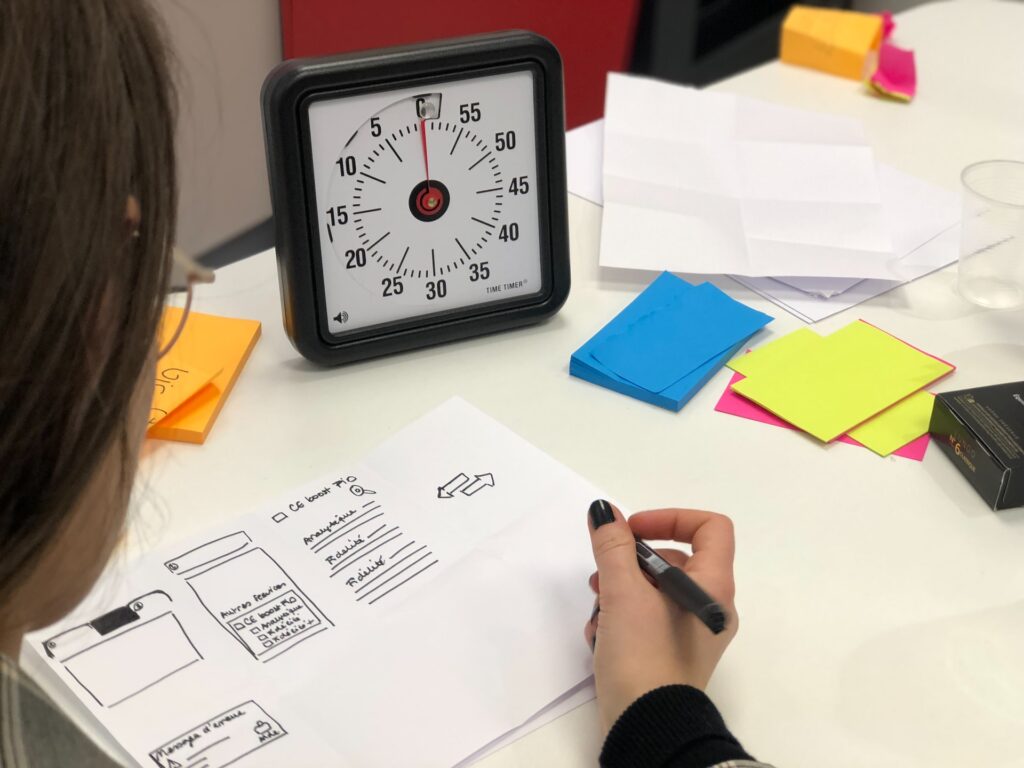
Create an aggressive deadline and see how fast you can do it. Obviously, you want to do a good job, but try to push yourself in terms of speed AND quality.
You’ll find that the tasks that once took “a long time” actually get done a lot faster.
And often, you’ll actually do a better job because you’re giving your full concentration and focus to hit a pressing deadline.
This is how you use Parkinson’s Law to your advantage.
Why tomatoes are the best productivity hack
When I work, I always use something called the “Pomodoro Technique:”
Set a timer, work until the timer rings, take a very short break, and then repeat.
Created by Francesco Cirillo — who used a tomato-shaped timer to track his work (“pomodoro” is Italian for “tomato”) — it gives you intervals to be super-focused and undistracted while also giving you breaks to recover and reenergize.
Whether you’re working, writing, reading, or learning a foreign language, taking regular breaks is essential.
It’s like working out in the gym: You need rest between exercises so you can do it again and still have endurance, strength, and power.

While the original work duration was 25 minutes — with a 5 minute break — I usually do 50 minutes with a 10-minute break.
(I’ve seen 90-minute and even 2-hour long blocks so see what works best for you.)
During this break, however, it’s important to actually “take a break” and not just check email, check social media, or distract yourself.
Usually, I’ll go take a quick walk or stretch; then, I reset the timer and go again.
Timers also force you to look at the elapsed time, not the time of day, which I believe is far more important in productivity.
Again, we only have a certain amount of good mental performance every day — so I’m more interested in tracking how much of it I’ve used versus the time on a clock.
As an added bonus, by setting a timer, you don’t have to constantly look at a clock to see how long you’ve been working — which further distracts you and takes away your mental energy — because the timer will let you know when your work interval is done.
How to batch your tasks
As I wrote earlier, far too many people check email first thing in the morning.
Unfortunately, their email habits get worse as the day goes on!
On average, people spend 28% of their workday reading and answering emails. But like I explained before, each time you check your email, you lose time not only reading them, but also mentally shifting back and forth between tasks and trying to refocus.
Research from RescueTime on over 50,000 of their users found that they check their email or messages, on average, every six minutes.
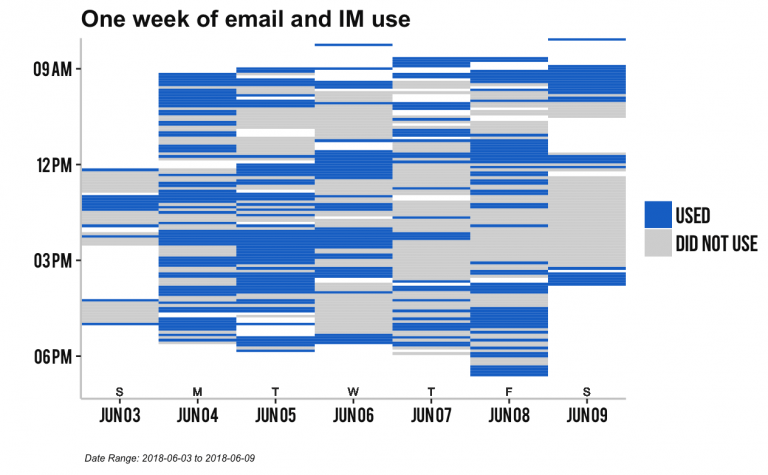
In the image above, you can see how the blue area (when they checked their email or messages) chops up the grey area (when they actually work), and only allows a few minutes of work at a time.
Rather than leaving your email open in the background (which 84% of workers do), it would be far more efficient and productive to do this:
Schedule only 1 – 3 times per day where you check your email and messages.
That way, instead of constantly checking your notifications and turning your day into “Swiss cheese,” you save all your email/message-checking for a few designated times per day.
Tim Ferriss calls this “batching.”
For me, during this designated email time, I set a timer and run through all my emails and catch up on previous messages, quickly replying to or deleting things.
Once I’m done, I close Gmail and get back to work.
Some people, however, might say, “My work doesn’t allow that.”
First, I’m going to challenge that assumption. How do they know how accurate that is Have they tried reducing the amount of times they check emails? Does their work really require them to respond to emails and messages within seconds of receiving them?
(Maybe they just like the distractions?)
Second, “don’t ask for permission, beg for forgiveness.” The easiest thing to do is just try it for a week and see what happens. You can always go back.
Third, if your particular job really doesn’t allow it, try this workaround hack:
On my iPhone’s Mail app, I set it so I can only see the sender and title, not the preview.
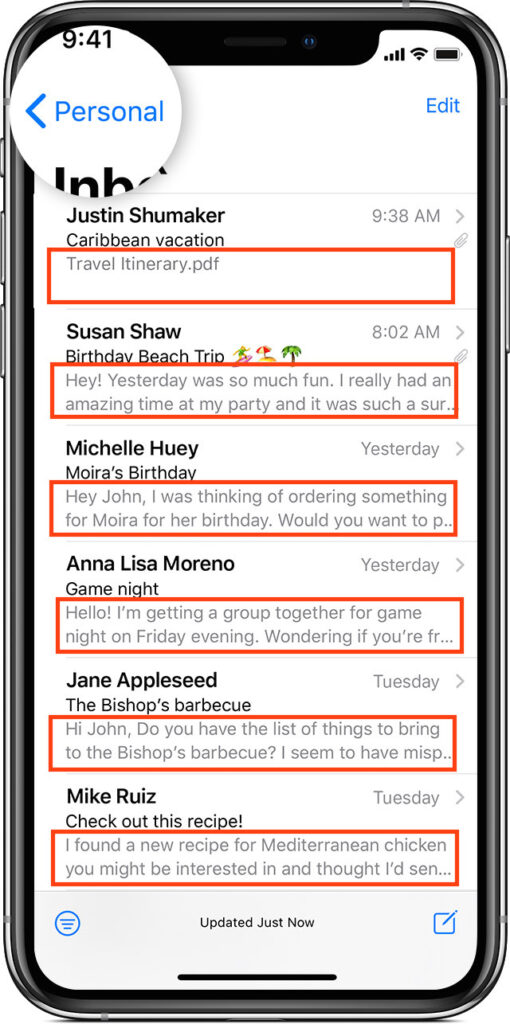
That way, if you really do need to check your email regularly, at least you’ll see if the emails you’re receiving are actually important — ex. from your boss or client or about an important subject — without getting distracted by what’s inside the unimportant emails.
Two quick tips to enhance your work
You did your morning routine. You have your prioritized to-do list. You haven’t checked your emails or messages. You set 50 minutes on your timer and are ready to rock.
Now what?
Here are some tips to help you take your working abilities to the next level:
First, remove as much clutter as possible.
It’s hard to focus and be productive when you have 15 tabs open on your browser, are listening to a podcast, and have a bunch of folders open.
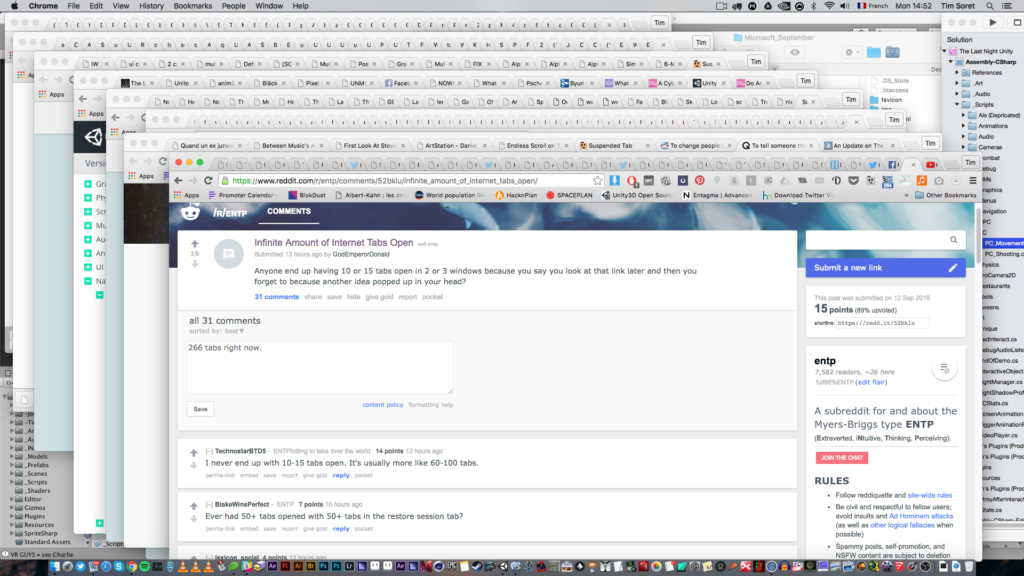
Again, remove distractions, reduce clutter, and keep things very simple.
Second, listen to the same song on repeat.
The first time I tried it, it was weird as hell — but after a few repeats, it worked like a charm! (Matt Mullenweg, founding developer of WordPress, actually uses this tactic.)
Here’s why it’s so effective:
Rather than constantly hearing different songs, which encourages you to listen to the words, by listening to the same one, you melt into the song and stop focusing on it.
It’s actually far less distracting and gives you more energy when you work.
How to overcome the last barrier
The previous productivity strategies are all extremely powerful and potent, and I’m confident they’ll help you get more done in one hour than most get in one day.
But here’s a brutal truth:
No matter how well you schedule your day or how many productivity strategies you use, if you hate what you’re doing, you won’t be productive.
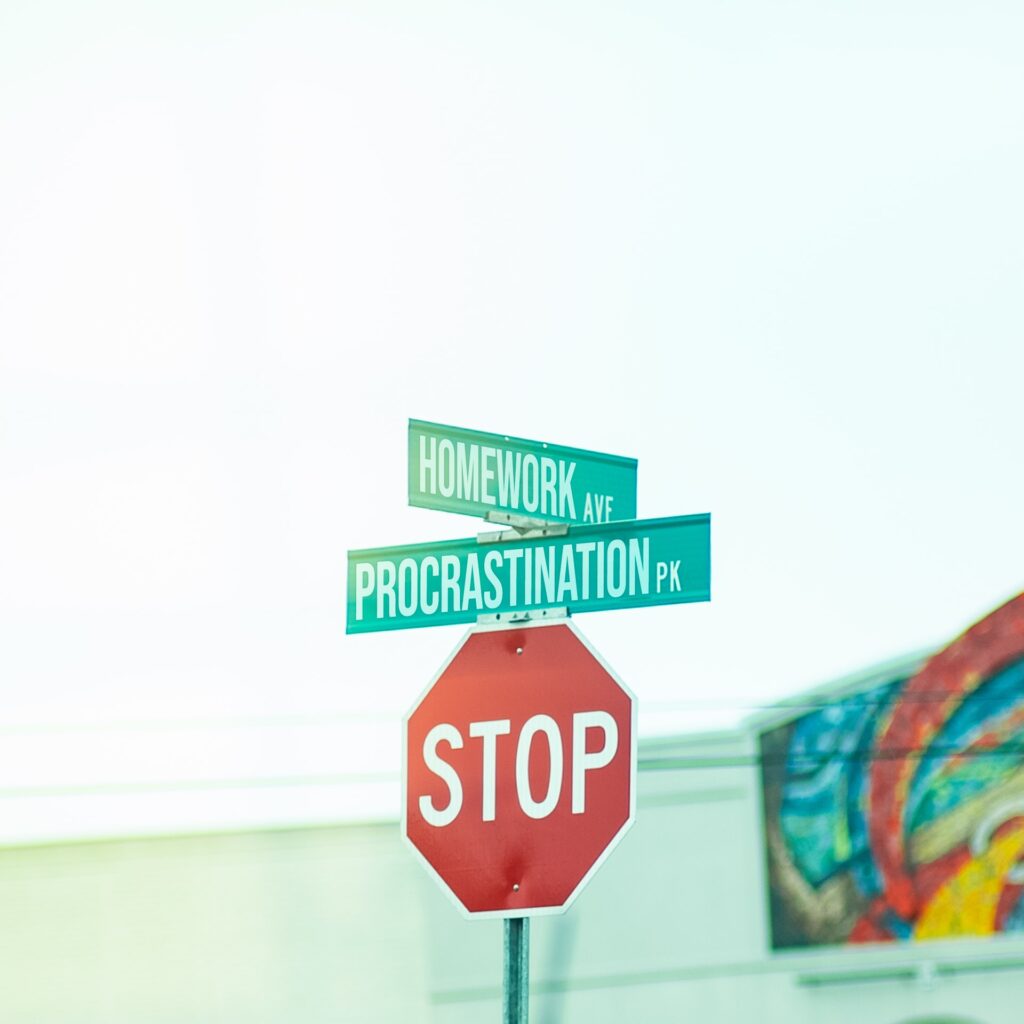
So if you try these tips and still struggle to get things done, ask yourself:
Do you really want to do them in the first place?
Is there something you’re afraid of or resisting?
Sometimes, you can just pay someone else to do it for you on sites like Fiverr, Upwork, etc.
But while there are times to overcome inner resistance — especially when trying to change your life or approaching someone you like — sometimes it’s a sign of a deeper issue.
Maybe your body, mind, and gut is trying to tell you something.
Speaking from personal experience, the last time I resisted doing work, it was because I was in a job I hated and I ended up quitting, which fixed my depression.
I can’t tell you for sure, but I do recommend taking some time, digging deep, and seeing where that resistance is coming from.
Because here’s the good news:
When you combine all these strategies with work you actually want to do, you’re going to be unstoppable.
And I can’t wait to see what you accomplish.
……..I have been reading this powerful material. I am 75, recently retired, but love learning.
Thank YOU.
Thank you! 🙂